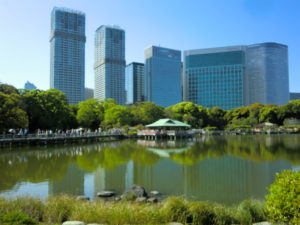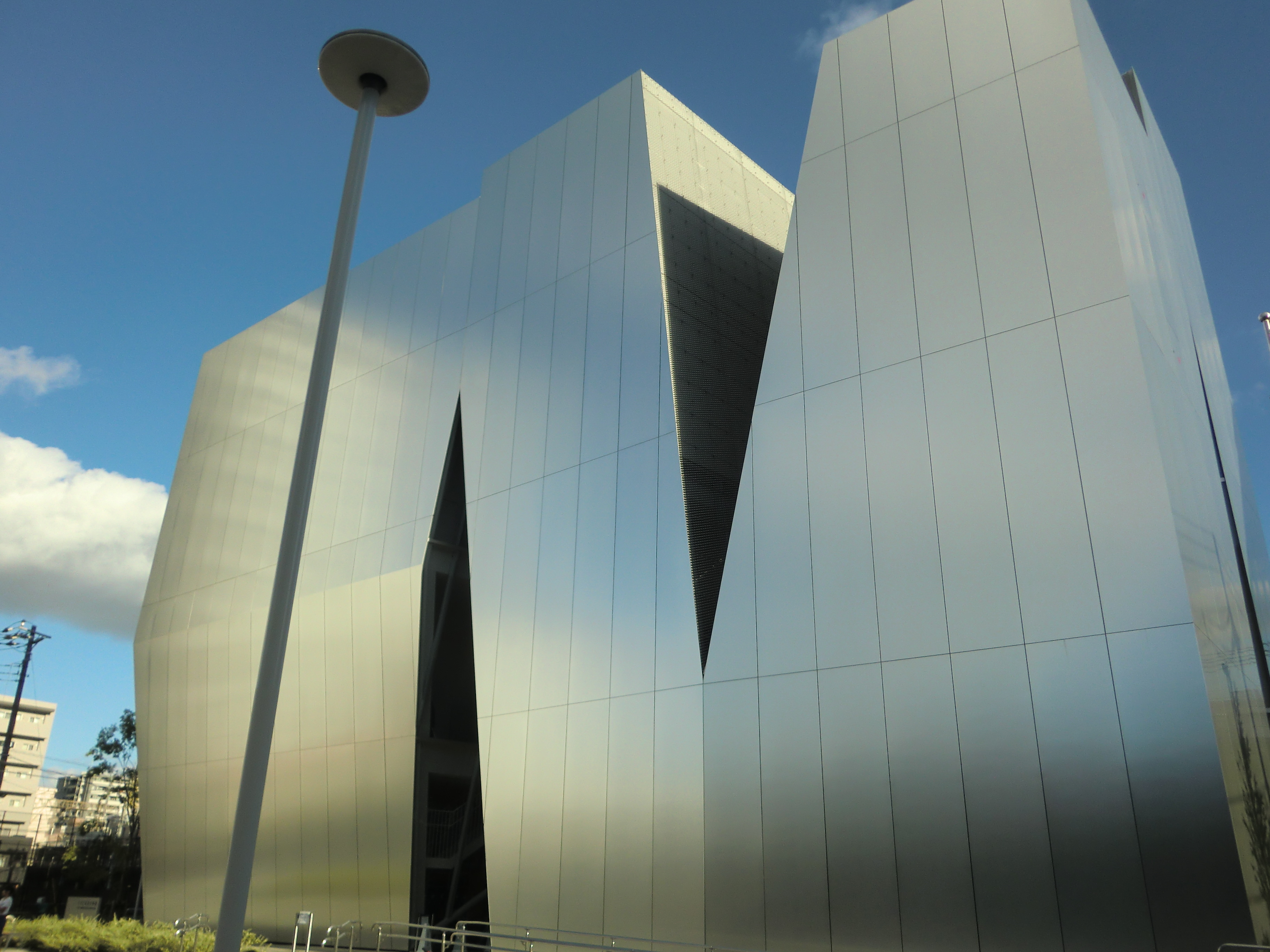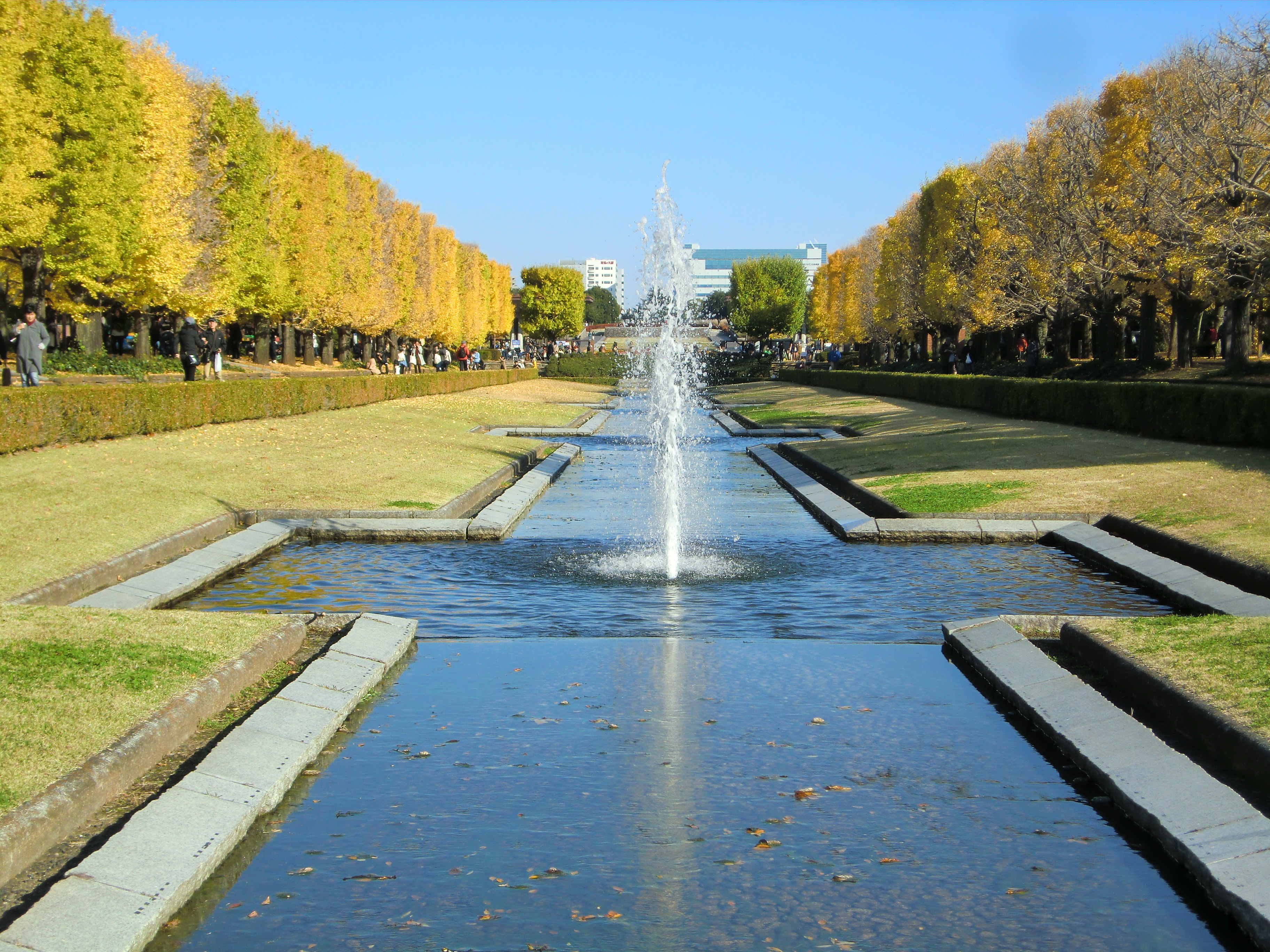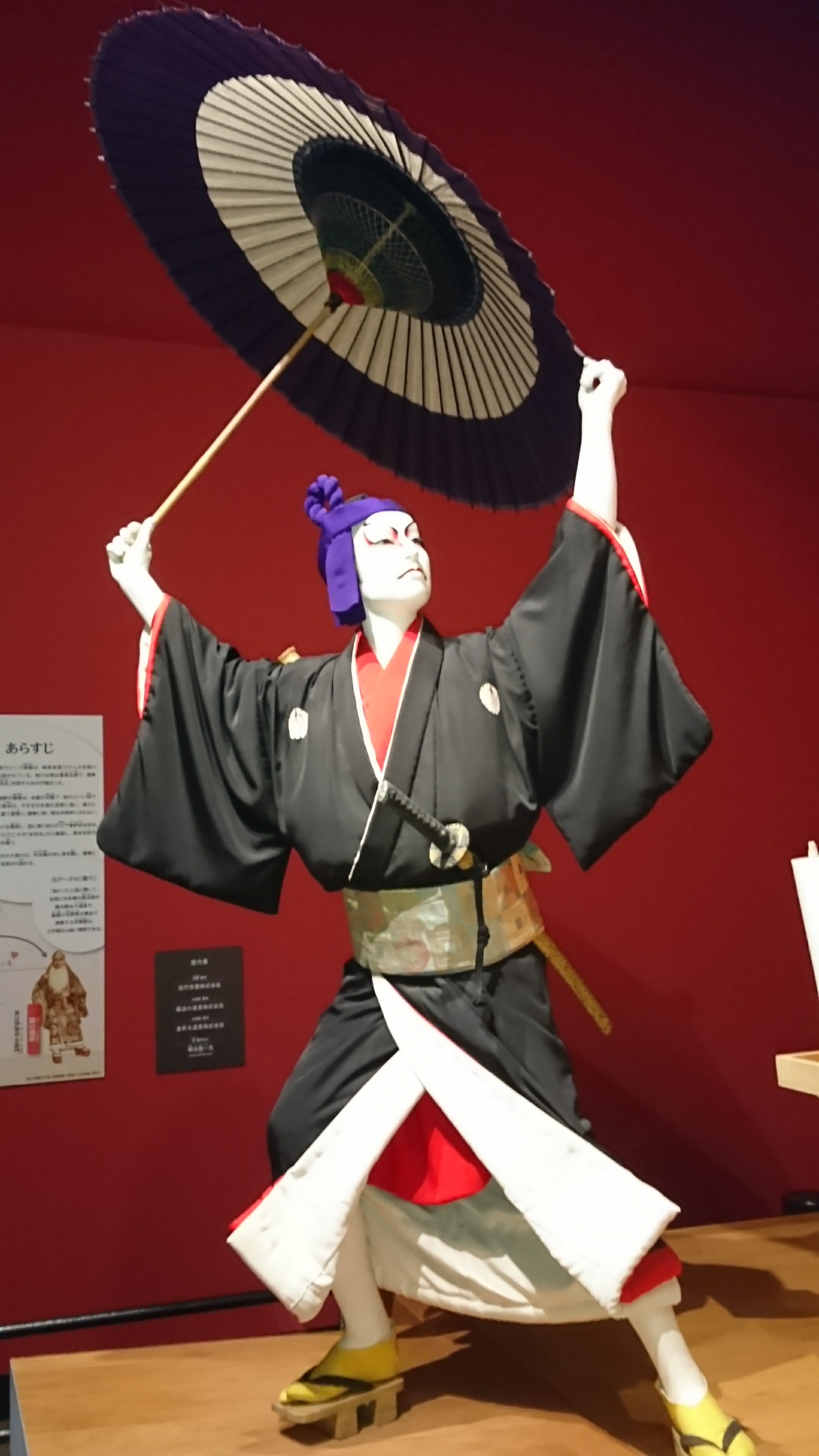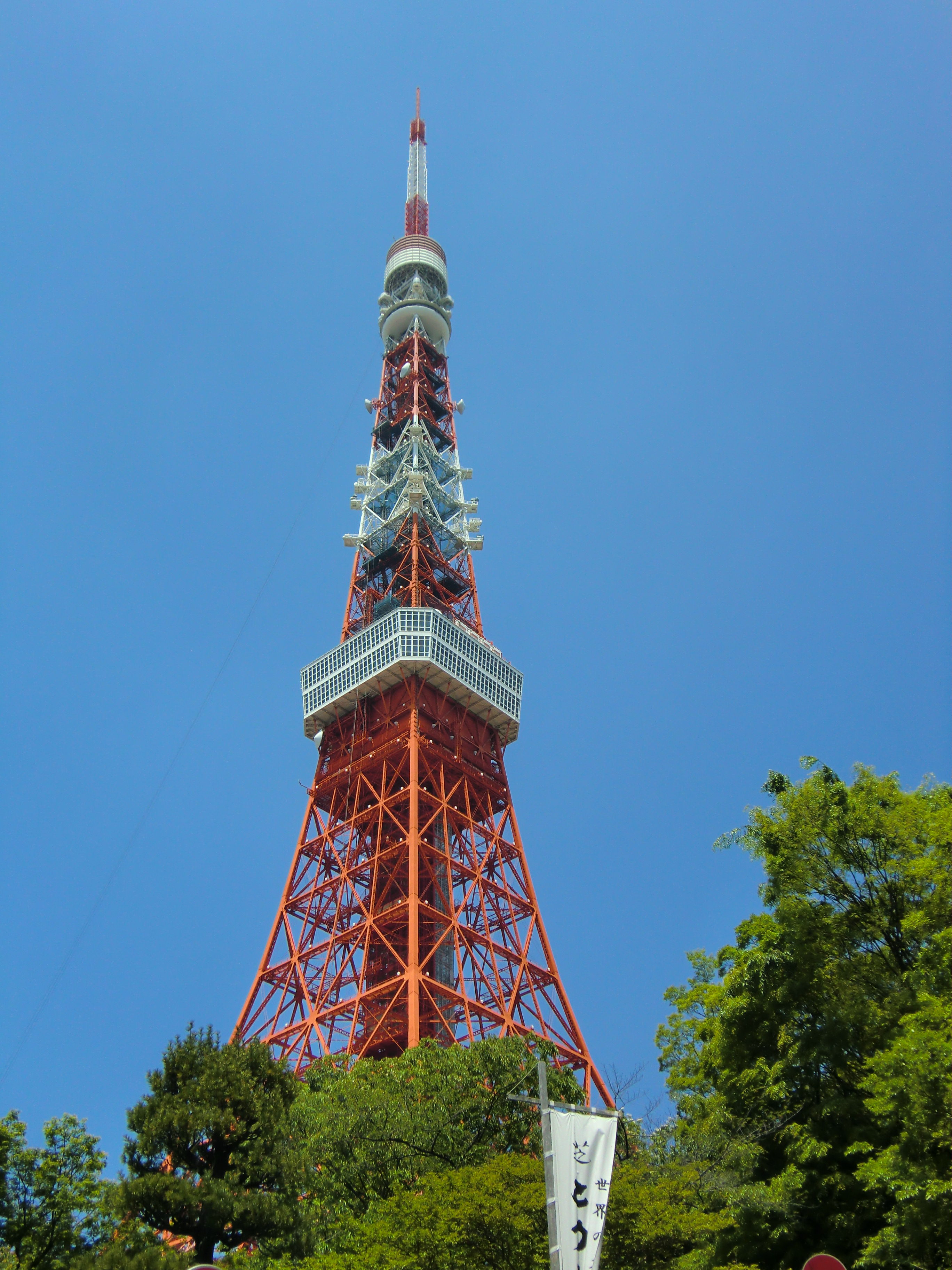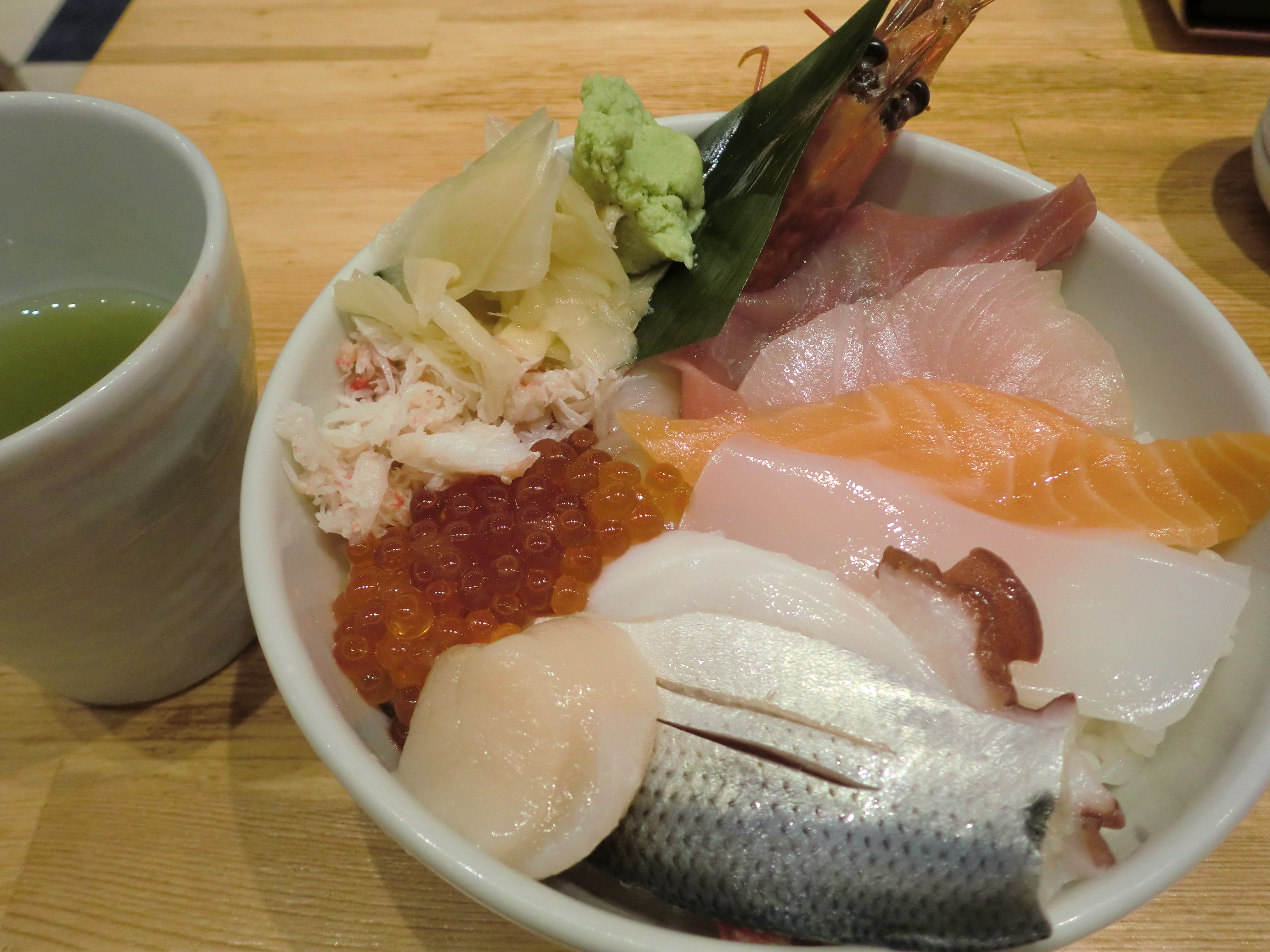On the other day, after watching the carp streamer event at Tokyo tower, I visited Zojoji and Hamarikyu.
Here is the previous blog “Flying carp streamers, Koinobori at Tokyo Tower”
Since these three places are in the Shiba Park and Siodome area, I recommend it as a sightseeing course.
Zojoji Temple
It is about 10 minutes on foot, Zojoji temple is located just next to Tokyo Tower. There are historical buildings in the big city with skyscrapers. It is the Prince Park Tower Tokyo Hotel behind the temple in the picture.
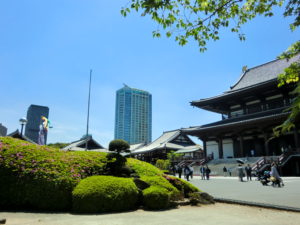
Zojoji is one of the seven major mountains of Jodo sect. Zojoji was founded in 1393 as an orthodox and fundamental nembutsu seminary for Jodo sect in the Kanto region. The temple relates with Shogun Tokugawa who has 600 years of history.
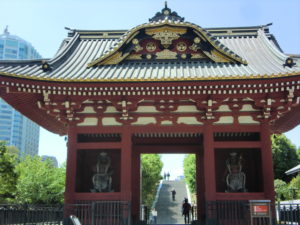
In addition to the main hall, there are Sangedatsu gates and the tomb of the Tokugawa family in this temple. It also possesses cultural assets such as Buddha statues. The Tokyo Tower can be seen just behind the main hall. The combination of the temple and the tower is wonderful.
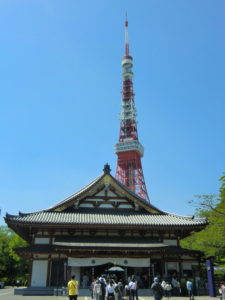
On the right side of the main hall, a lot of jizo wearing a red cap and holding windmills. It is very unique.
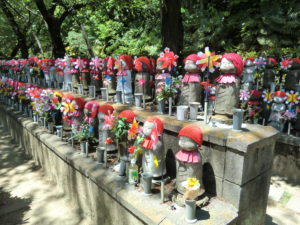
Zojoji was established as the family temple of the Tokugawa family. Parallel to the expansion of the Edo Castle, a large-scale construction project was also commenced for Zojoji. After that, Zojoji came to be widely known as one of Japan’s principal Buddhist temples. Located in its precincts are the tombs of six Tokugawa Shoguns, Imperial Princess Kazunomiya (wife of Shogun Iemochi), and wives and childrenof shoguns. Nowadays, these tombs serve as a reminder of the prosperous Edo Period.
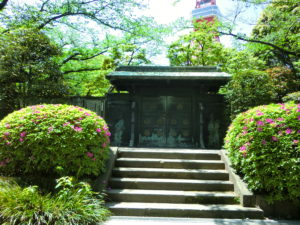
In 2015, it was 400 years after the death of Tokugawa Ieyasu. The Zojoji treasure exhibition room was established on the first basement of the main hall to commemorate 400 years memorial.
Access to Zojoji
3 minutes on foot from Onarimon station and Shiba kouen station on Mita subway Line
5 minutes on foot from Daimon Station on Asakusa subway Line / Oedo subway Line
Hama Rikyu Gardens (Hama Palace)
Hamarikyu with an extensive area of 250,000 square meter, Shogun Tokugawa owned it in the Edo period. After the Meiji Restoration, it became a home of the Imperial family and changed its name to “Hamarikyu” or “Beach Palace”. Several buildings and trees were damaged due to the Great Kanto Earthquake and by the world war. It was donated to Tokyo in 1946, and it began to be a public release as a park.
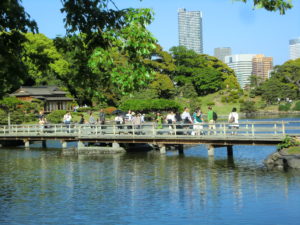
The pond is characterized by its water. Drawing in seawater and changing the appearance by ebb and flow of the tide, which is called Shihoiri pond. There is a restored bridge and a teahouse nearby. Because the park site is so specious, I walked around there for about 2 hours with taking pictures. Green in trees, it is a beautiful season in May, especially 300 years old pine trees are very gorgeous. Various flowers bloom according to the season.
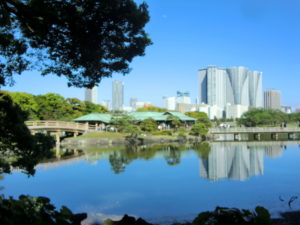
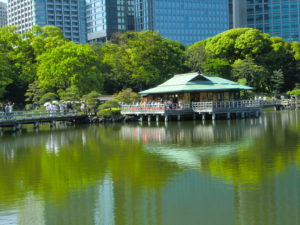
There are also Kamoba or duck hunting sites in the park. It is said that it was built in the 1700s. It is very old.
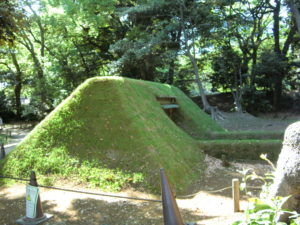
Access to Hama Rikyu
The entrance to Hamarikyu is a bit confusing. Since it is a very large park, we may lose time if we don’t know the entrance. There are two entrances of Hamarikyu. It is the Otemon gate and Naka-no-gomon gate. I got off a train at the Shiodome station on the Oedo subway Line and approached the Naka-no-gomon gate by walking. Go through the inside of the Siodome Building and then through into the Conrad hotel, which is directly connected from Shiodome Subway Station. I think it is convenient and easy way to the Hamarikyu. Cross the road from the back of the Conrad hotel, and you can see Hamarikyu.
The building behind the park in the picture is the Conrad Hotel. It is approximately ten minutes from Shiodome Station.
